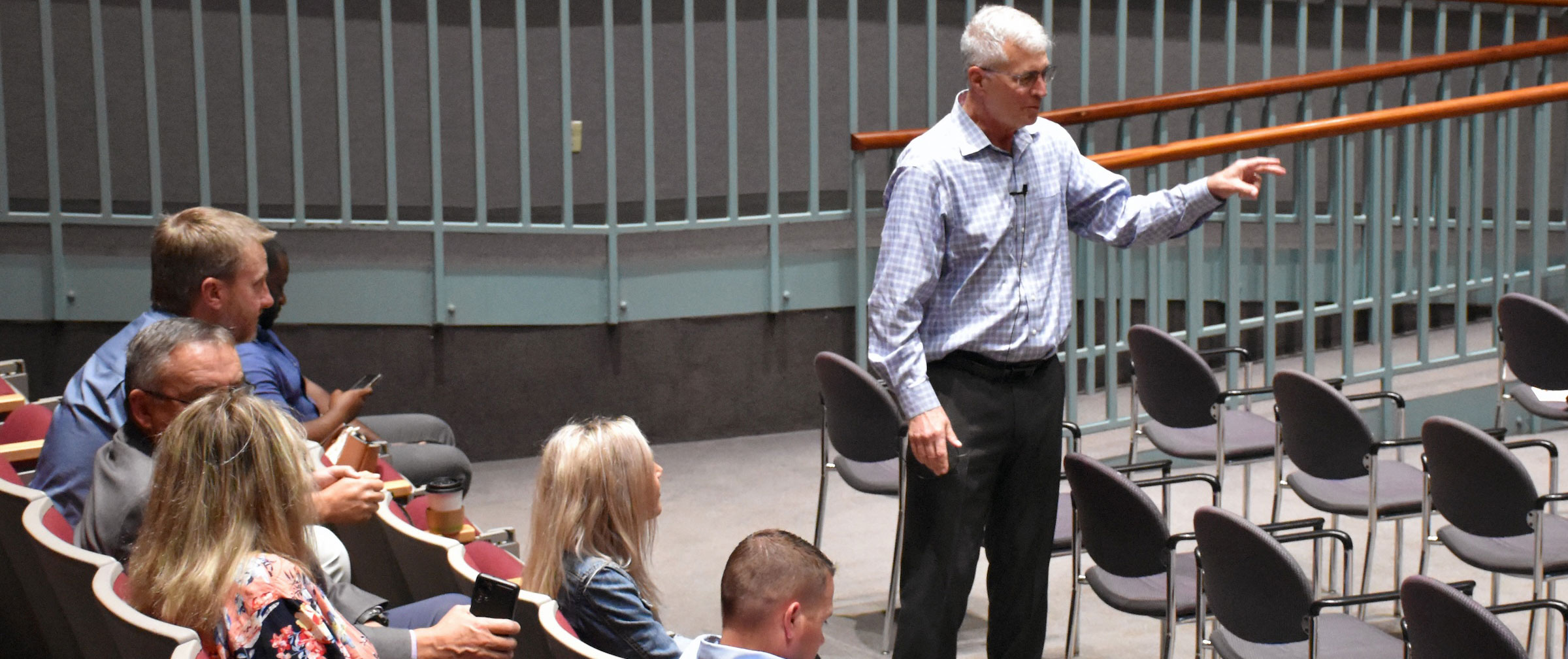When I mentor new health care executives, a frequent bread-and-butter topic that we always cover in the program is how to have more productive and effective meetings. Face it, meetings are a huge part of the executive’s day. I for one, really don’t like meetings, but I put up with them as part of the job description. Most of us welcome the opportunity to have a timely and worthwhile meeting (for a pleasant change! ).
I was mentoring a new CMO in North Texas and we discussed the usual techniques of better meeting management such as beginning and ending on time, having a succinct and relevant agenda, being a good timekeeper for the meeting, and minimizing the unexpected and sidebar conversations that can take place that could disrupt the meeting.
Another important fact that that I teach, and it is usually never considered for a meeting, is to consider the “opportunity cost” of the meeting. This is an interesting exercise to do: Simply estimate the hourly salary of all of the attendees at that meeting and add them up. That sum is what the that particular meeting “costs” the organization (and the attendees) either in opportunity cost, or for the physicians, lost patient time and revenue . I strongly coach the meeting organizer that the value of that meeting must exceed the “cost” of the meeting, otherwise why should people attend. Try that sometime. You will find it very insightful– it may in itself very well change how you structure and manage meetings.
So as we were discussing how to implement these various points, the CMO interrupted me and said, “But Dr. Berkowitz, you are missing the most important part of the meeting that we need to manage. How do we handle the “hidden agenda”.
The “hidden agenda”? Suddenly I realized that he had come upon one of the most “mismanaged” areas of any meeting. Surely, we all realize that for any given meeting we can have the “official” agenda and the “real” agenda. They can many times be at odds with each other. Often we find that a meeting can quickly change, and many times for the south, when a certain topic is brought up. Usually we are not completely surprised because we anticipated the possibility of that issue, but we felt somewhat assured that we had “doctored” the written agenda so that the issue would never come up in the first place. If it was not on the agenda, then proper management should assure that we could avoid the issue if one of the attendees were to bring it up. But maybe that is why that attendee came there in the first place. Maybe that “hidden” agenda issue was in fact a very important issue– maybe the most important agenda topic for that meeting. And for whatever reason, we simply did not want to discuss it.
So now a teachable moment. We have all had these “hidden” issues suddenly crop up and often even disrupting the meeting when they do. They usually do not surprise us. How can we better manage the “hidden” agenda?
The first step is to objectively consider any possible “hidden agendas” that a particular attendee might have. Here is my first rule:
1. Anticipate any “hidden” agenda and develop a proactive strategy to address it– Maybe the best strategy is to add it to the official agenda. If we recognize that it is important for one of the attendees, perhaps we should simply toughen up and address it at that time. That is the best treatment.
But many times we are either not prepared, or simply do not have enough information to deal with the issue at that time. Discussing the issue in that light may be detrimental to the overall objective. If that is the case we go to rule 2:
2. Bring the issue into the meeting upfront and state that we are not prepared to discuss it, state the reason it is not on the agenda, acknowledge the importance of the issue to particular stakeholders, and offer that it be discussed at a future meeting when the appropriate information is available. Many times this will diffuse any of the tensions that the issue might have brought to the meeting, and it then gives all participants time to develop the appropriate arguments in the future.
However, sometimes, despite any preparation, the issue will be brought up out of the blue by one of the attendees. We then go into damage control mode. During these times it is very easy to become defensive. The meeting can quickly go out of control. If that is the case, I go to rule 3:
3. Consider forming a sub-committee to vet the issue and bring conclusions to the next meeting. Overall, this can be a good alternative, but one always want to avoid the principle of having a meeting within a meeting. It does allow the stakeholders to bring up their issues, and hopefully, at least narrow some of the conflicts so that the full group can informatively discuss it in the future. But despite these options, sometimes we have no choice but to go to rule 4:
4. If someone insists on discussing the issue, allot a specific, short time at this present meeting to bring up the issues. Say that it will not be resolved tonight, but let’s clear the air and voice the various opinions. Many times this also can diffuse the intensity of the issue.
The goal here is to bring out the facts, NOT resolve the issue. Admittedly, on a few occasions, the issue might get resolved, but that typically is not the case. This does afford the possibility of maintaining the civility of the meeting, acknowledging the issue, and without agreeing or disagreeing to the substance of the issue, set up a future structure to further discuss and hopefully resolve it.
Yes, meetings are a necessary part of the executive’s life. And when they are managed productively, they are extremely valuable in ultimately reaching the right decision for the organization.
The classic meeting techniques come a long way to achieving this goal. But in addition to the usual approaches, we do need to coach the meeting organizer on how to better manage the “hidden” agenda that may lurk behind the official agenda of any meeting.
This issue will now become a standard part of my executive coaching toolkit. As usual, I appreciate your thoughts.




